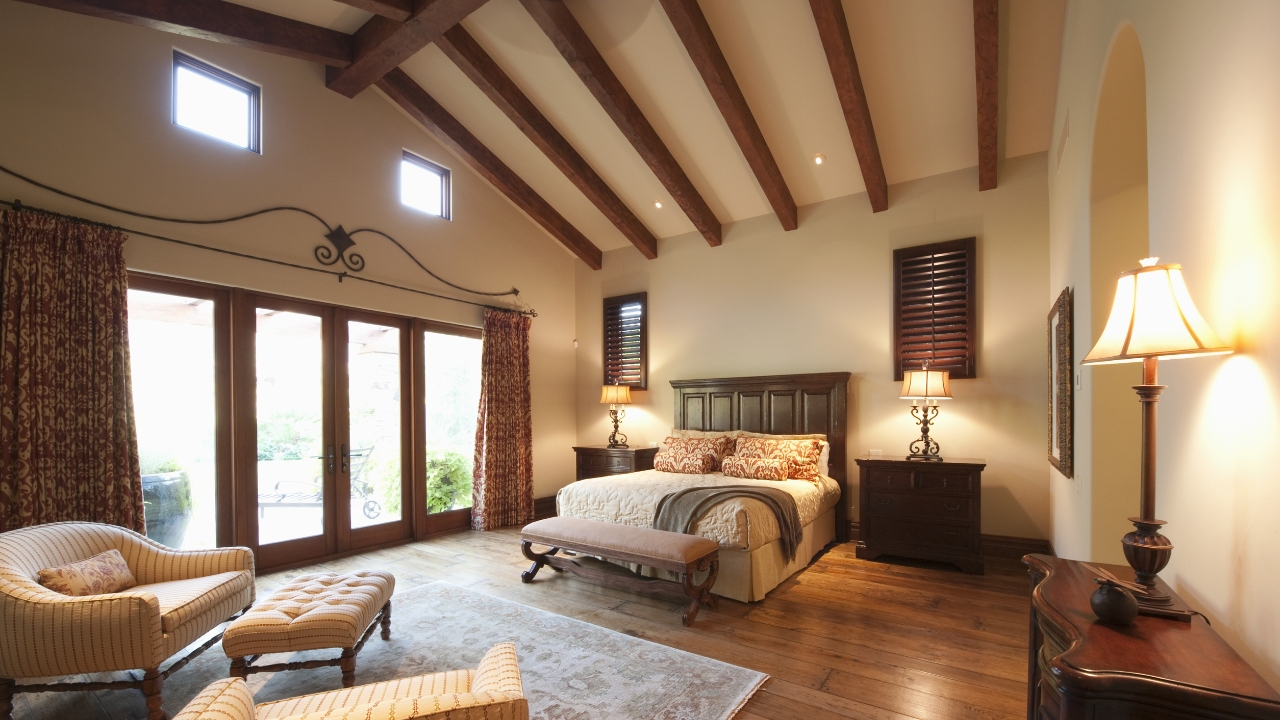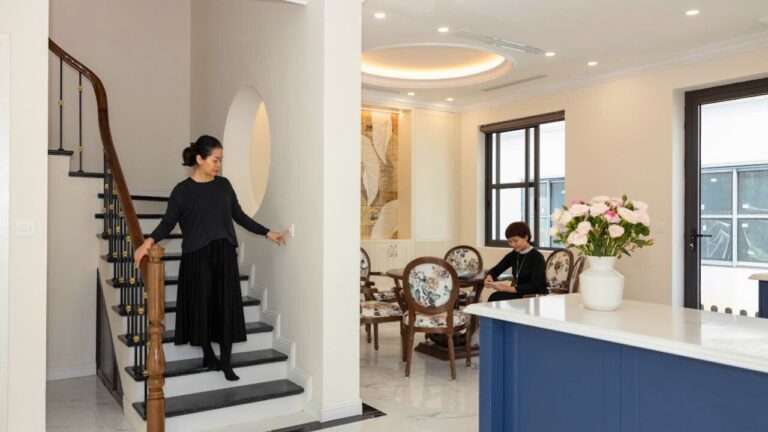10 Things That Make Your House Harder to Heat in Winter
Keeping a house warm in winter takes more than a good heater. If your home’s losing heat faster than it can hold it, your energy bill’s going to climb—fast. A few sneaky design choices and overlooked habits can make your house way harder to heat than it needs to be.
If your furnace is working overtime and the place still feels cold, here are some of the most likely culprits.
Single-Pane Windows

Old single-pane windows are one of the biggest reasons homes struggle to hold in heat. They let warm air escape and cold air seep in, even when they’re closed tight.
Even if you can’t afford new windows, you can add plastic film, thermal curtains, or even caulk the gaps to keep the warmth inside. It’s not perfect, but it makes a noticeable difference.
Poor Attic Insulation

If your attic isn’t insulated well, all your warm air is heading straight up and out. Heat rises, and without a barrier, you’re basically paying to heat the sky.
Adding insulation is one of the best things you can do for winter comfort—and energy savings. Fiberglass batts or blown-in insulation are both solid choices that pay off quickly.
Gaps Around Doors and Windows

Even small cracks around windows and doors can create big drafts. You might not feel them right away, but your heating system sure does.
Check for light or cold air sneaking in around the frames. Weatherstripping and door sweeps are cheap fixes that can keep warm air inside where it belongs.
Unsealed Ductwork

Leaky ducts waste heat before it even reaches your living space. If you’ve got ductwork running through a cold attic, crawlspace, or garage, it’s even worse.
Seal up those joints with HVAC foil tape, not regular duct tape. It holds better and keeps your system running efficiently. If your ducts are dirty too, cleaning them out can help airflow.
Bare Floors

Hard floors like tile, wood, or concrete can feel freezing in the winter—and they suck heat out of a room fast. If your house feels cold even with the heat on, bare floors might be part of the problem.
Add rugs in living areas, hallways, or near doors. They help trap warmth and make walking around way more comfortable without cranking up the thermostat.
Closed Interior Doors

It seems like closing doors would help trap heat, but it actually messes with airflow in a lot of homes. HVAC systems are usually balanced to heat an open space, not a bunch of sealed-off rooms.
When you close off parts of the house, it can create pressure differences that force air out through leaks and cracks. Keep doors cracked open unless you’ve got zoned heating.
Furniture Blocking Vents

When furniture is pushed up against a vent, it blocks warm air from reaching the room. Your heater keeps running, but the space never feels as warm as it should.
Double check that your couches, beds, and rugs aren’t covering any vents or returns. Even a small obstruction can cut off airflow and mess with your system’s efficiency.
High Ceilings Without Fans

Warm air rises, and if you’ve got vaulted ceilings with no way to push that air back down, you’ll always feel colder than you should.
Running a ceiling fan on low in reverse helps circulate heat and pull warm air back into the living space. It’s a small trick that makes a noticeable difference in comfort.
Fireplace Flue Left Open

When the fireplace isn’t in use, leaving the flue open is like having a window cracked all winter. Warm air escapes right up the chimney, and cold air creeps in behind it.
Always close the damper once the fire’s out and everything’s cooled. If you don’t use the fireplace often, consider a chimney balloon or seal to really block off that draft.
Thin or Cheap Curtains

Flimsy curtains don’t do much to hold back winter cold. Even well-insulated windows can lose a lot of heat through the glass if they’re not covered properly.
Swap out lightweight curtains for thermal panels during the colder months. They help trap warmth at night and keep the cold from creeping in during the day.
*This article was developed with AI-powered tools and has been carefully reviewed by our editors.







